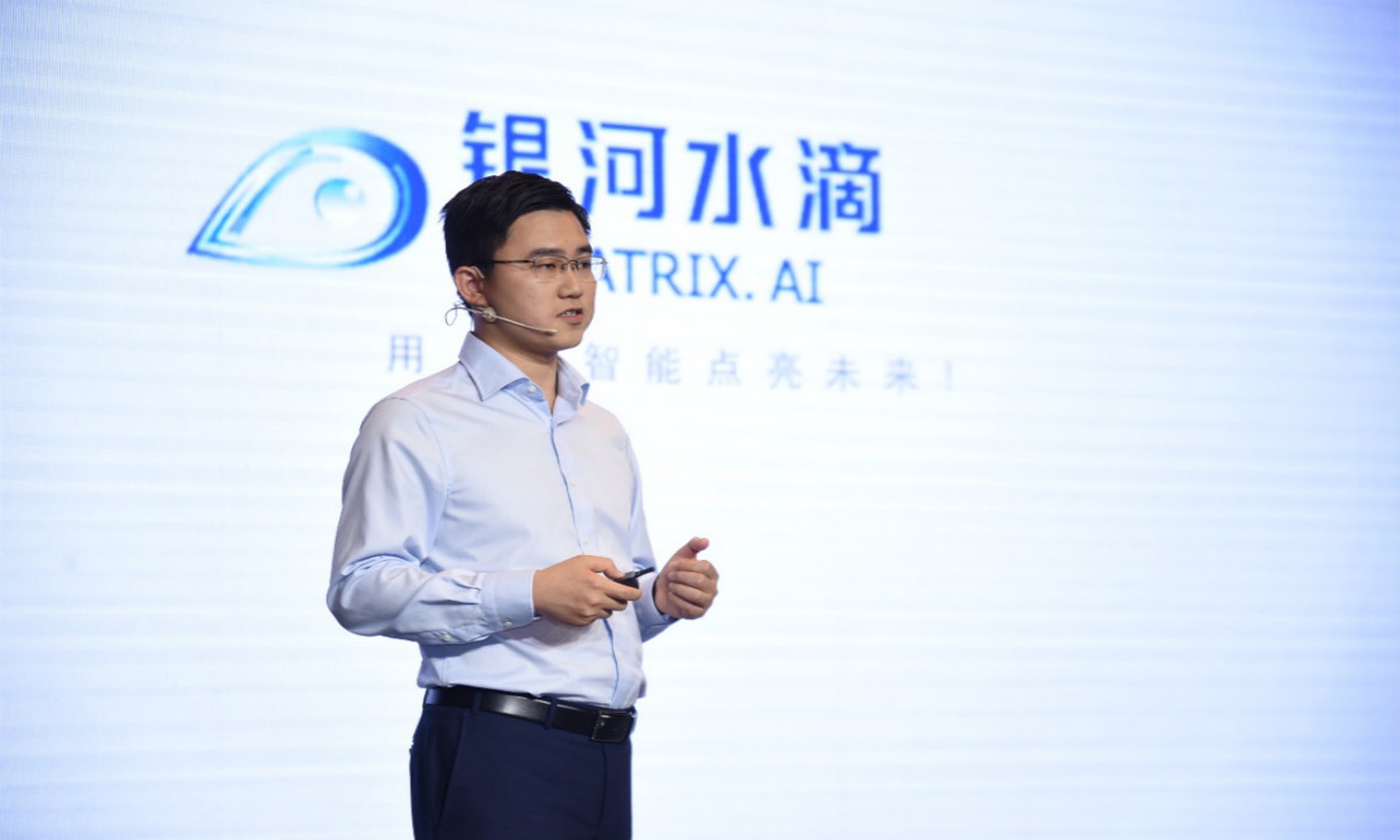China’s artificial intelligence (AI) company Galaxy Waters announced yesterday in Beijing (2nd) that it has developed the world’s first gait recognition interconnect system “Water Drops”.
The company claims that the system relies on gait recognition technology, integrating gait archives, gait recognition, gait retrieval, and wide-range tracking to achieve real-time intelligent monitoring of “gait recognition” under massive cameras. Even if the target person is covered, the system can be identified by walking posture.
According to Huang Yongzhen, founder and CEO of Yinhe Water Drops, gait recognition has many unique advantages such as long distance and full viewing angle. The launch of “Water Drop Eyes” integrates eight functions such as “map tracking, map control, video retrieval, real-time control, gait capture, gait extraction, gait comparison, gait acquisition”, and supports tens of thousands of cameras in real time. Supports massive historical video and real-time video retrieval and positioning.
Huang Yongxuan continued, the system can basically meet the basic needs of the public security field, and can be widely used in stations, airports, museums, schools, shopping malls and other cities, as well as important infrastructure such as nuclear power plants and power stations. Future gait recognition will also play an active role in smart homes, smart healthcare, robotics, and medical care.
Using gait for identification
According to the “China News Service” report, gait recognition is a new biometric authentication technology that has attracted attention in recent years. It is a method of recognizing human identity through the way people walk. The reason why gait can be used for identification is because everyone walks differently. Muscle strength, tendon and bone length, bone density, weight, center of gravity, muscle or bone damage, physiological conditions and other factors can affect the style of walking.
Report continued, compared to face recognition, fingerprint recognition and other technologies, the development of gait recognition technology is more complicated. Because gait is a biological feature that contains both physiological and behavioral. In model training, gait recognition requires training based on three-dimensional video, while face recognition requires only two-dimensional images.











